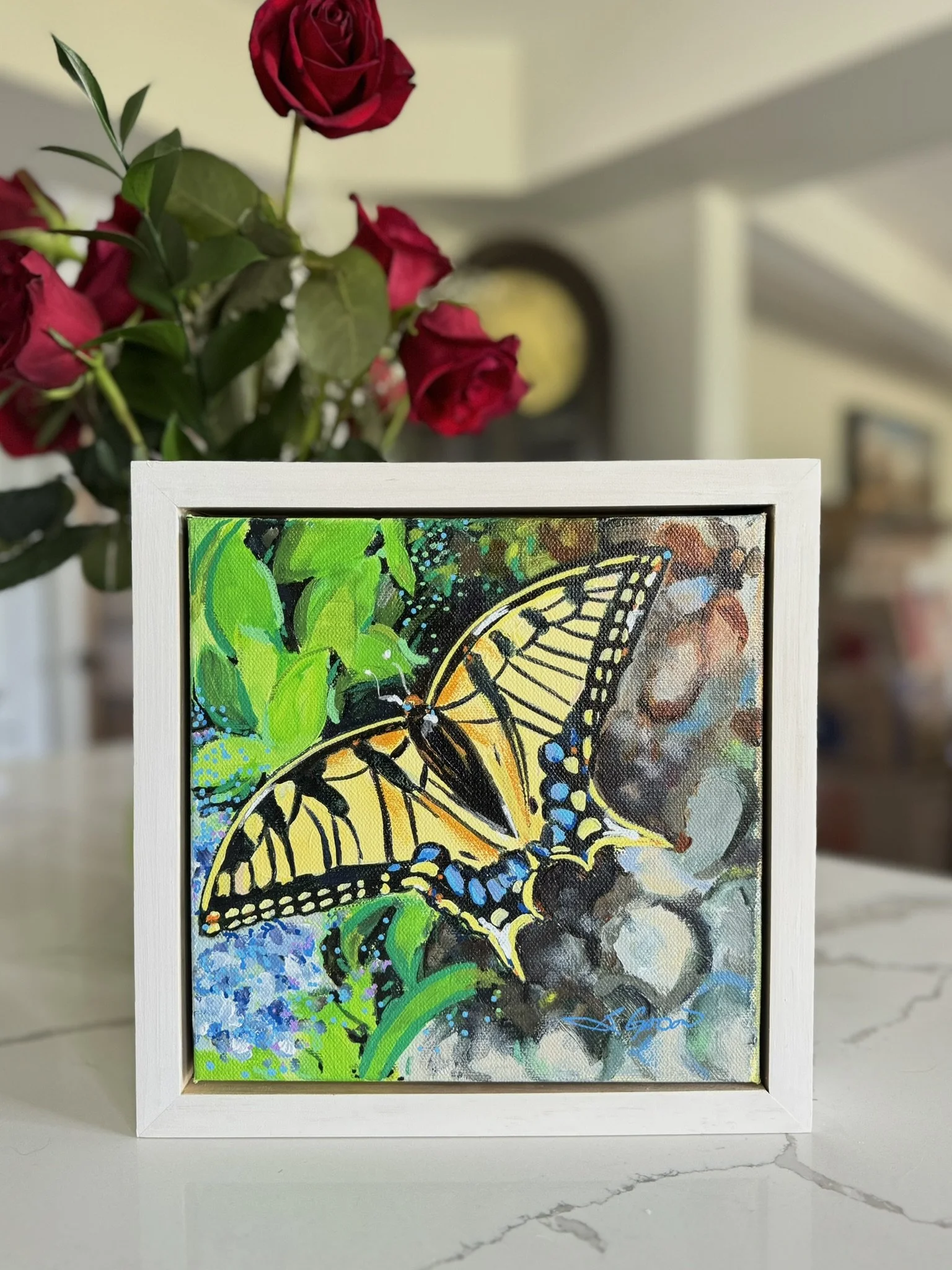How to Buy Art Like an Artist
“I’ve never been to an art museum before” “Oh, I see an opening at an art gallery, I wonder if its invitation only.” “I’ll just stop at Target and see what is in style now”
I buy art- Actual, handpainted, crafted, beautiful art. Paintings, primarily, because I am a painter and I have some understanding of how they are created.
Why buy original bespoke art? First, there is nothing wrong with buying art mass produced at Target. Many artists today make a fantastic living from licensing their art and you are supporting them too!
But “real”, one of a kind art? Where do you begin? Social media is flooded with content by fantastic (and let’s be honest, beginner) artists.
First, I have never gone out on a mission for art to fit a space in my home. I do not buy art to decorate with- although the work I do end up buying is what I decorate my space with. I have found that the art I end up purchasing is a bit serendipity, and a large portion critical examining.
Buying art is as magical as a butterfly in flight. With a few simple guides to choosing art, anyone can find the ‘perfect’ original piece.
I often will admire (from a distance!) an artist. It may the color or brushwork that resonates with me. Sometimes its the theme- the image may rush a memory to my mind that I feel I need to own. It’s the “need to have it” urge that I can’t shake the painting from my mind that often makes me push the ‘buy’ button.
As an artist, well done paintings mean many things. First, there is quality of the work itself. There is good balance and harmony to the entire piece. The artist treated the surface well, no dust bunnies or hairs from brush obviously sticking out. Art can be any subject or medium- as long as it speaks to your soul. If you don’t “understand” abstract art- that’s ok! Pick art that resonates with you, that feels accessible to you. If realism is “boring”, dive into non-representational art, and let your emotions run with the paint on the canvas.
Either way- I do prefer that the work I buy (and money I invest) is well crafted. This means to me:
-Well framed. The framing doesn’t have to be custom, but it should be well constructed, with no gaps in the corners, no flakes of paint or finish. The back should be covered with a dust cover, or if not, very clean edges and finishes to the back.
-Well Painted. I don’t necessarily need archival materials used (some of the best work in the world is ephemeral, and the materials will break down) However, I do expect that the ‘rules’ are followed so the work won’t crack or disintegrate a month after I purchase it. For example, if it’s an oil painting, was it done “fat over lean”? Has it been or will it need a varnish? If it’s acrylic, is there a UV varnish applied? Are the edges protected? The stretcher bars are straight, not warping or splitting?
-Authenticity. I don’t look for a certificate for proof of authenticity. I prefer to buy from trusted galleries that represent artists I can easily look up and research OR I will buy directly from an artist’s portfolio. Either way, I feel confident that my receipt of purchase will be plenty to authenticate the work in the event that the work suddenly is worth a lot and I would want to re-sell it.
I have purchased art that was $25, all the way to $500 (for a 4”x4” painting!). Some were works from fellow artists I know personally- some were from artist’s whose skill and talent I can only dream to achieve. But in all cases, using my guide to buying art has served me well and helped me grow a beautiful collection that I can enjoy every day. I still have many more artists to add soon to my collection! Using these few tips will ensure you feel more confident when you step up to an artist booth at an art fair, or enter a local gallery. Go out and buy more art!

